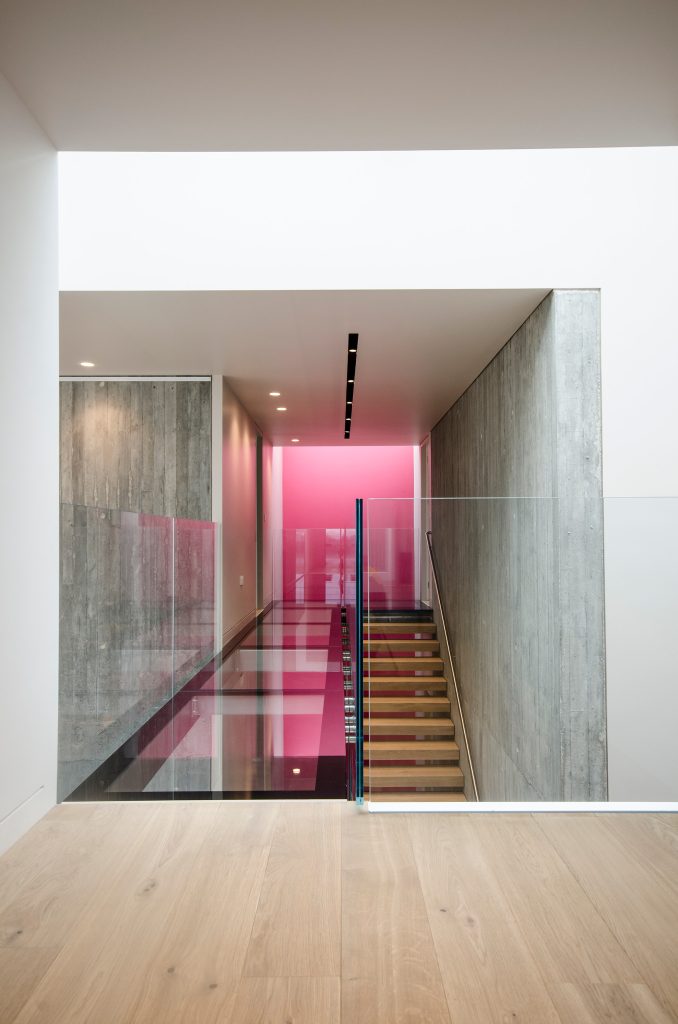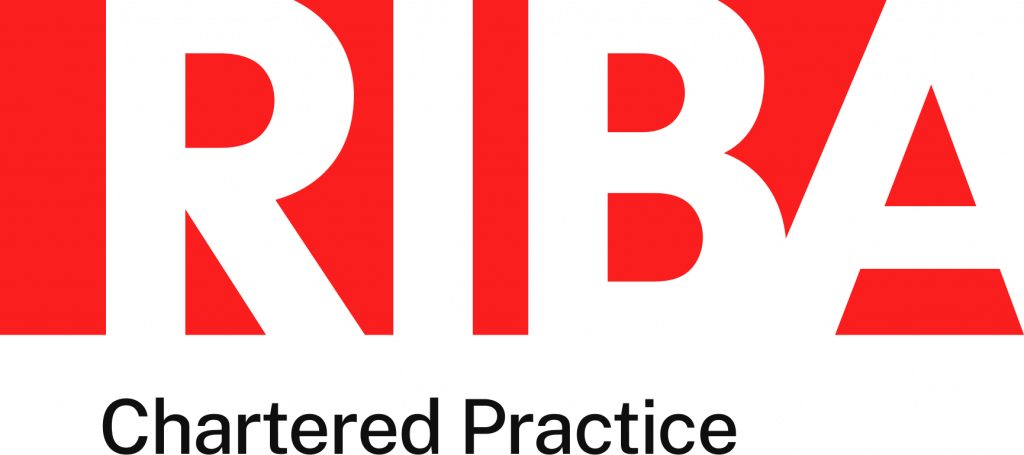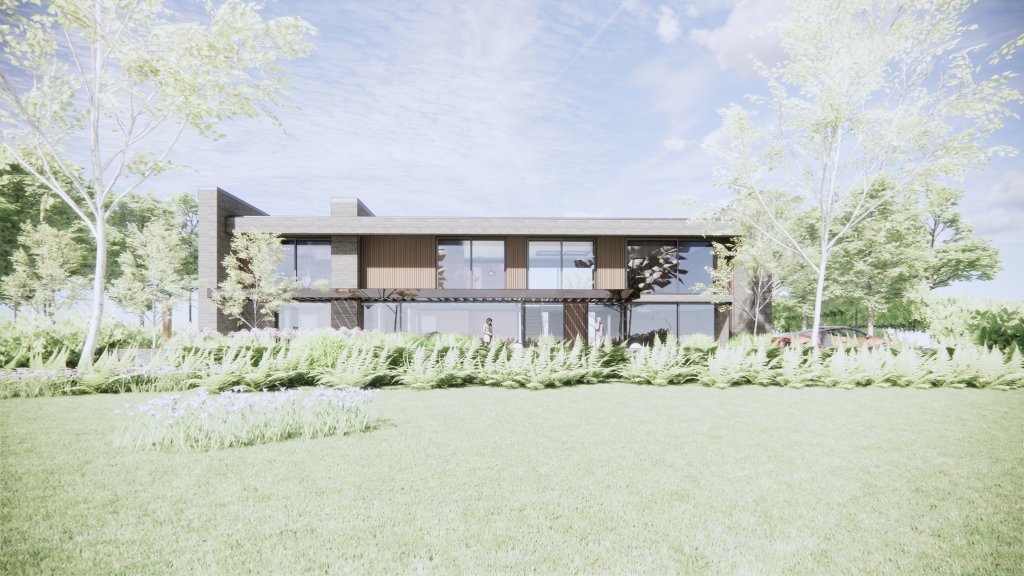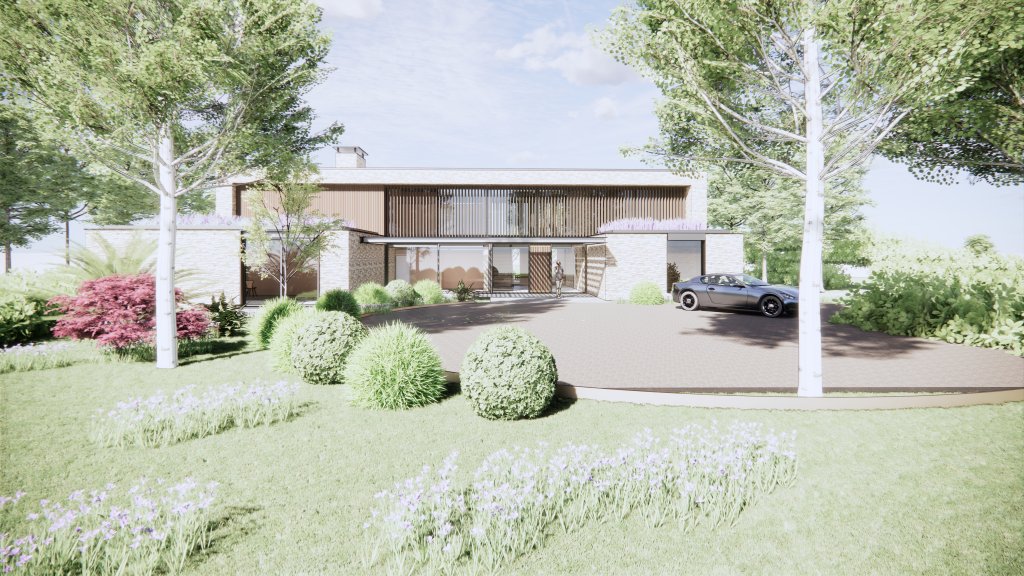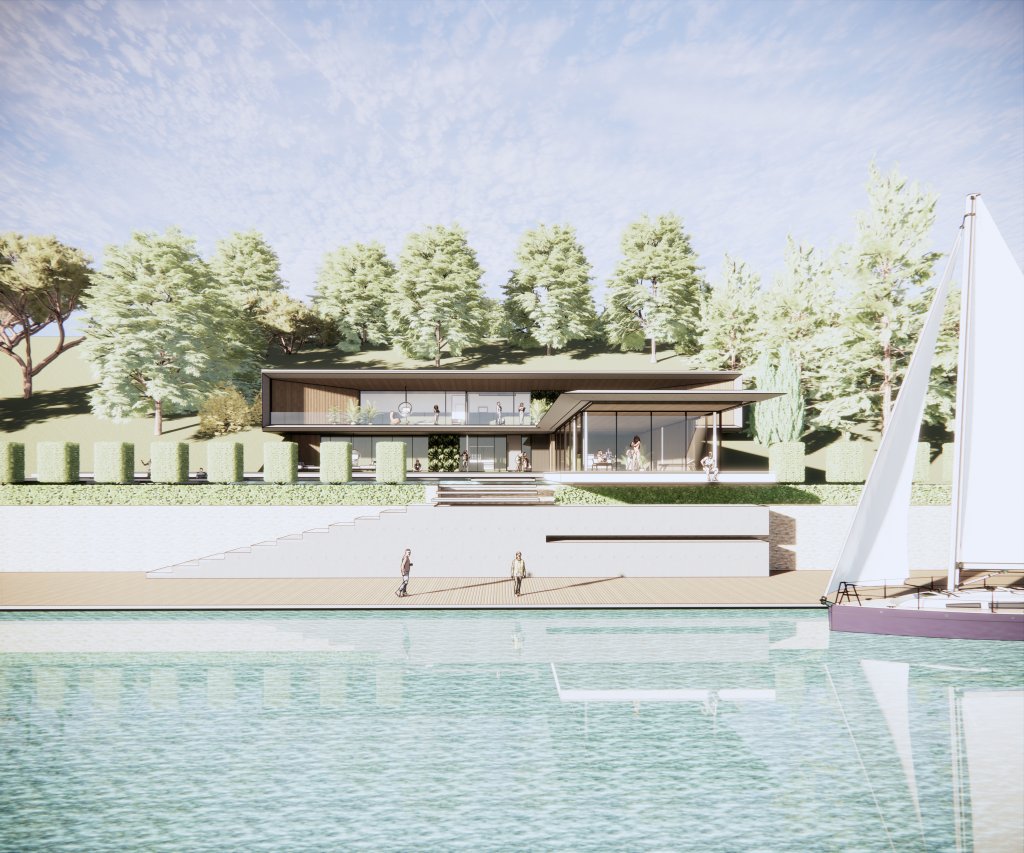A unique process rooted in the art of personalisation
Many people find the architectural process daunting or convoluted, yet it doesn’t need to be. The RIBA Plan of Work 2020 provides an industry-recognised, step-by-step guide for all those involved in the briefing, designing and constructing of architectural buildings.
We have incorporated the RIBA Plan of Work into our own 4-step process for all our projects – see it in full, below. We believe this clarifies what is involved in the architectural process and demystifies it for those who are not in the industry.
1. Consultation
Contact and Consultation
When you contact us, one of our team will ask some key details about you and the project. An architect will contact you to discuss in more detail your individual brief and make an appointment to view the building/site.
The aim of this first visit is to identify any potential planning issues and assess the site itself. If it is a refurbishment project, the aim will include thinking about the flow of space and light in the building, as well as considering the practicalities involved in the scheme, such as site access.
This is also the beginning of a working relationship with the practice, so an opportunity for you to ask any questions or raise any concerns about the process ahead. Most importantly, it is to discuss the brief or help you to formulate one that addresses your needs.
Fee Proposal and Stages of Work
Following the consultation we will issue you an informal email and if of interest; we will issue with you a letter of appointment that serves as a contract between us. The appointment outlines the key stages of work that relate specifically to your project and the associated fees. Each scheme is unique and therefore, so are its requirements.
Please note our fees relate to the RIBA stages and are calculated on the scope of services identified from the first consultation or what we feel is the best way to progress i.e. perhaps just a concept if the project is not fully defined. The proposal lists any other consultants that may be needed and survey requirements to enable the designs to develop. It’s a very explanatory letter.
Budget
Please note at the beginning of a project we will ask; are we to design to budget or to brief? The difference being, if you design to a budget you may not be able to achieve the brief.
Most commonly clients ask for the brief to be met. We can then work with clients at Stage 3 when tender cost returns on value engineering (reducing price by reducing or amending the design; which may incur further designs fees).
Survey(s)
There are a number of assessments that may be required for your project. As standard, what is called a dimensional building survey will be undertaken, whether for a new build or re-model. There may be requirement for a level survey (known as topographical) or arboricultural (tree) surveys to help us formulate the design accordingly.
2. Concept & Planning
Planning Permission
In Stage 2, initial concept designs are developed, and once signed off by you, are formulated into a comprehensive planning application. Lewis Critchley Architects will then submit this to the relevant local council on your behalf and monitor the application with the relevant case officer.
Planning application decisions take a minimum of eight weeks to process once validated by the council. There is an external council fee for planning submissions, which ranges from £206 for an extension to £462 for a new build.
Unbiased Planning Permission
This is an independent, unbiased process undertaken by either the local planning department or, if necessary, the local planning committee.
Minimise Design Changes
Think of your project like a Rubik’s Cube; every change you make has a knock-on effect. How you want to use the space can have implications on what decisions you make in other areas of the house, and can have repercussions on your project time-frame and budget.
For this reason, before progressing to the planning submission stage, it is very important that you are happy with your design – right down to the little details. Any subsequent alterations once you have gained planning approval may result in needing to make further, amended planning permission applications.
3. Technical Design
This is the detailed design stage of the project, which can commence once planning permission approval has been granted.
By the end of this phase, all aspects of the design will be completed ready to gain a construction cost. Your design is effectively ‘built’ on paper.
Procurement
Based on the detailed design, we work on one of two procurement routes, depending on your preference. Either a quote and final price negotiation with our preferred contractor for your specific project, or we undertake a traditional tender process whereby 3 construction companies tender for the work.You will already have been advised about any other consultants.
Tender
Once the procurement route is agreed with you, the tender costs are returned and we evaluate them, advising you of our thoughts once completed. It is obviously important that we get the building to site with costs that you are happy to progress with.
You can expect for work to commence on site knowing around 85% of the overall costs. This is because details such as finishes may not be known, or the subsequent cost of items. This is perfectly normal in construction and the cost of the project can be adjusted once definitive decisions have been made by you on such items.
4. Construction
Starting work on site is a really exciting milestone for any project, whether it’s a renovation or a new build. We enjoy working closely with contractors to ensure the design concept is executed with precision and any snagging issues on site are ironed out quickly.
The appointed contractor will work from a construction set of drawings we produce, which add interior details and client requirements that may not necessarily have been known at the time of the tender.
While these drawings co-ordinate everything, Lewis Critchley Architects is typically appointed to administer the building contract and oversee construction, making it an even more fluid process. This is designed to give clients peace of mind, providing a valuation of the works on site and payment certificates. This means you only pay for what the contractor has actually delivered on site, work which has been verified and signed off by us.
After the flurry of activity and having embarked on this exciting journey with us, you will find yourself at the final milestone.
Whether a Residential or Commercial project, a refurbishment, a new-build or restoration, you will have a unique, well-crafted, architect-designed building that is both functional and beautiful – and something you feel very proud of.

